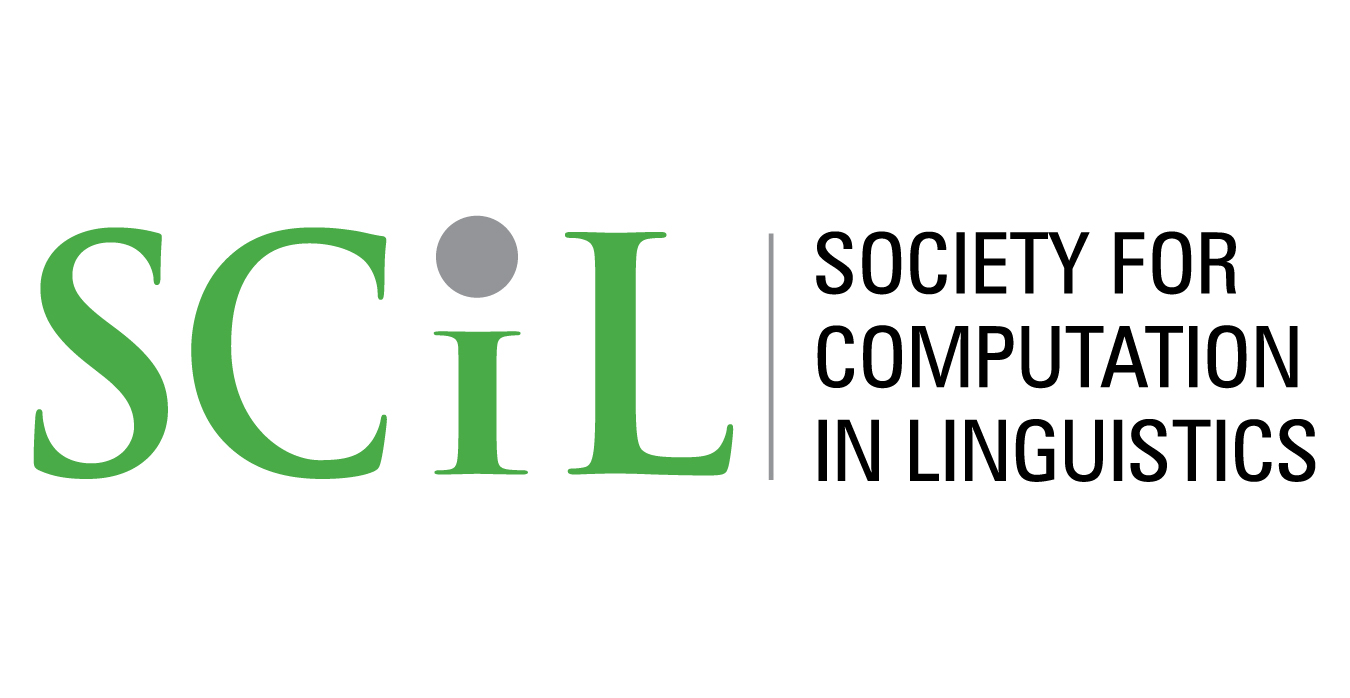Aligning Embedding Spaces Across Languages to Identify Word Level Equivalents in the Context of Concreteness and Emotion
Abstract
The impact of emotionality and abstraction on language processing has been heavily studied in monolingual and, to an extent, bilingual settings. Most of these studies were experiments with humans that yielded mixed results regarding the exact effect of emotionality or abstraction on cross-linguistic tasks. To elucidate this relationship between translation, emotionality, and abstraction, we used a neural network to model a bilingual mapping within an English-Mandarin semantic space. We sought to understand what our quantitative results implied about structural differences between English and Mandarin lexical semantic spaces. Overall, our model translated concrete and emotion-laden words more accurately than abstract and emotionally neutral words, suggesting that strong concreteness and emotionality are more consistently perceived across languages. On a more detailed level, our model learned clusters of some related groups of words in both languages, but failed to create a 1-to-1 semantic mapping, with several types of errors we hypothesize are due to linguistic and cultural differences. Our results indicate interesting possibilities for using quantitative word-level modeling as a tool to analyze the overlapping impacts of bilingualism, emotionality, and abstraction on each other.
Keywords: Psycholinguistics, Emotionality, Valence, Arousal, Concreteness, Semantic Space, Translation, Neural Networks
How to Cite:
Kaminaga, J., Wu, J., Yeung, D. & Todd, S., (2025) “Aligning Embedding Spaces Across Languages to Identify Word Level Equivalents in the Context of Concreteness and Emotion”, Society for Computation in Linguistics 8(1): 16. doi: https://doi.org/10.7275/scil.3159
Downloads:
Download PDF
434 Views
151 Downloads

